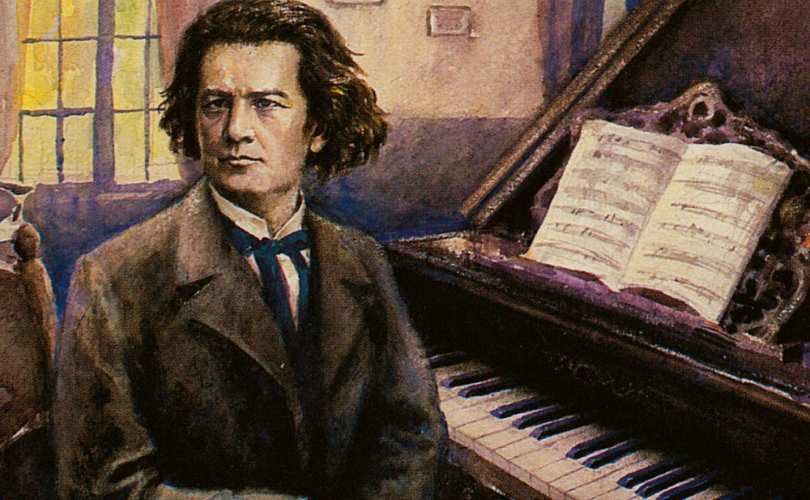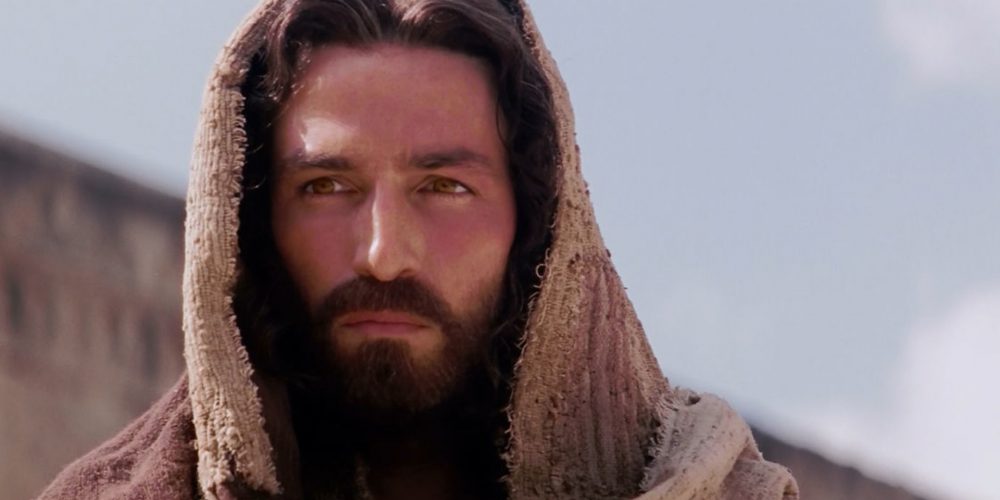“A writer is trying to communicate like a distant star sending signals”: John Steinbeck (1902 – 1968)
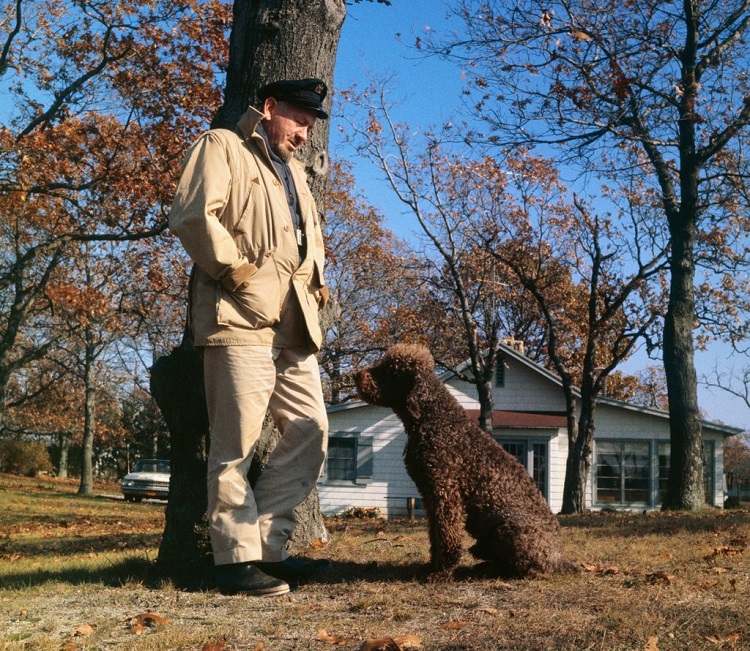
John Steinbeck, the Pulitzer and Nobel Prize-winning author, is widely considered one of the greatest American novelists who ever lived.

John Steinbeck, the son of John Ernst Steinbeck, was born in Sainas, California on 27th February, 1902. His mother, Olive Hamilton Steinbeck, a former school teacher, encouraged her son’s passion for reading and writing.
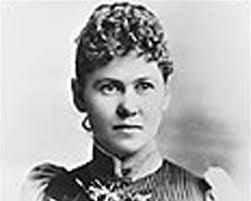

He spent his summers working on nearby ranches with migrant workers. This gave him a great sympathy of the underdog.
Steinbeck studied marine biology at Stanford University in Palo Alto. In his spare-time he worked as an agricultural labourer while writing novels and in 1929 published Cup of Gold, based on the life and death of Henry Morgan.
Steinbeck published a collection of short stories portraying the people in a farm community, The Pastures of Heaven (1932) and a novel about a farmer, To a God Unknown (1933). This was followed by Tortilla Flat (1935), which was set in nearby Monterey.
The journalist, Lincoln Steffens, was very impressed by his next novel, In Dubious Battle. He wrote to his friend, Sam Darcy on 25th February, 1936: “His novel is called In Dubious Battle, the story of a strike in an apple orchard. It’s a stunning, straight, correct narrative about things as they happen.”
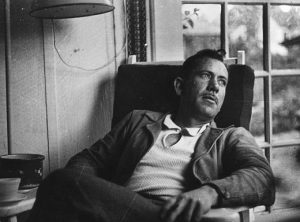
During this period Steinbeck showed great concern for those suffering from the Great Depression. In 1936 he wrote an article on the subject of the Dust Bowl: “Here, on the faces of the husband and his wife, you begin to see an expression you will notice on every face; not worry, but absolute terror of the starvation that crowds in against the borders of the camp… This is a family of six; a man, his wife and four children. They live in a tent the colour of the ground. Rot has set in on the canvas so that the flaps and the sides hang in tatters and are held together with bits of rusty bailing wire. There is one bed in the family and that is a big tick lying on the ground inside the tent. They have one quilt and a piece of canvas for bedding. The sleeping arrangement is clever. Mother and father lie down together and two children lie between them. Then, heading the other way, the other two children lie, the littler ones.”
The Grapes of Wrath, 1939
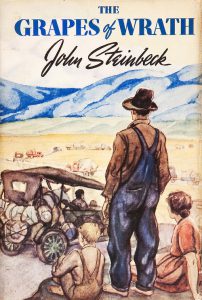
This realist novel is Steinbeck’s most famous work; it netted him the Pulitzer Prize for Fiction in 1940 and is considered by many to be among the most influential American novels. The Grapes of Wrath tells the story of a family of impoverished farmers during the Great Depression who lose their livelihood and are forced to trek from Oklahoma to California, looking for work and trying to survive. Upon its release, Steinbeck was lambasted for his sympathetic attitude towards the poor, and was even accused of having communist sympathies.
Of Mice and Men, 1937
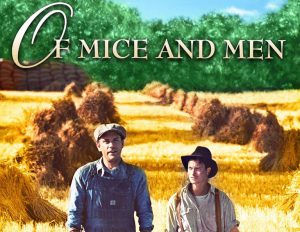
Steinbeck’s second most famous book is probably Of Mice and Men, which tracks a similar narrative to The Grapes of Wrath. This book, which was conceived as a hybrid between a play and a novella, tells the story of two farmhands, George and Lennie, and is based on Steinbeck’s own experience as a migrant worker during the Depression.
The Pearl, 1947
Rather than his typical grounds of California, Steinbeck set The Pearl in Mexico, where a pearl diver, Kino, can’t afford to pay the town doctor to save his sick infant son. Fortuitously, Kino finds an enormous pearl to cover the cost of the medicine, but the gem quickly brings more trouble than Kino bargained for. This slim novella, based on a Mexican folktale, is a spare and tragic tale of the price we pay for greed.
Cannery Row, 1945
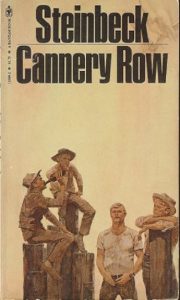
On a lighter note, Cannery Row is an impressionistic novel about the colorful cast of characters that inhabit a poor neighborhood of Monterey known as Cannery Row. Through a series of vignettes, we meet Doc, the marine biologist who collects and preserves fish from the Pacific Ocean; and Mack and his gang of poor friends, who roam the neighborhood stirring up trouble and merriment in equal measure. This is a piece of exciting, colorful prose without the heavy tragedy typical of Steinbeck.
East of Eden, 1952
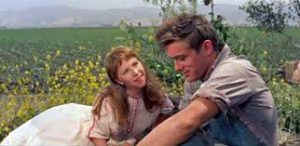
Perhaps best remembered as the loose basis for the film of the same name, East of Eden is about the moral struggles of two families in Salinas Valley, California: the tortured Trasks and the stable Hamiltons. One of Steinbeck’s later works, it was widely read upon its release, and though critical reception was mixed, it is considered a masterpiece today.
John Steinbeck won the Nobel Prize for literature in 1962.
Nathaniel Benchley, a close friend of John Steinbeck wrote about him:
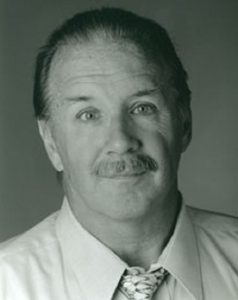
“John once said that to write well about something you had to either love it or hate it very much, and that in a sense was a mirror of his own personality. Things were either black or white, and although he might change his basic position, if you were on his side you could do no wrong and if you were against him you could do no right. It wasn’t as simplistic as that may make it sound, but there were very few gray areas where he was concerned. And when he wrote, you certainly knew whose side he was on. You hoped it was yours.”
“Long ago, he was quoted as saying that genius was a little boy chasing a butterfly up a mountain. He later insisted that what he’d really said was that it was a butterfly chasing a little boy up a mountain (or a mountain chasing a butterfly up a little boy) and I think in some ways he was haunted by having caught his butterfly so early in the game. He never said this in so many words (to me, at any rate), but his fierce dedication to his writing, and his conviction that every word he put down was the best he could find, were signs of a man who dreaded ever having it said that he was slipping, or that he hadn’t given it his best.”
John Steinbeck about a writer:
“A man who writes a story is forced to put into it the best of his knowledge and the best of his feeling.”
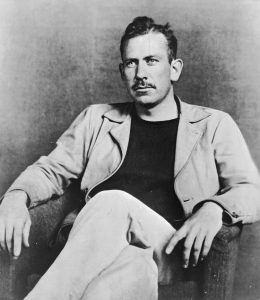
“The discipline of the written word punishes both stupidity and dishonesty. A writer lives in awe of words for they can be cruel or kind, and they can change their meanings right in front of you. They pick up flavors and odors like butter in a refrigerator. Of course, there are dishonest writers who go on for a little while, but not for long—not for long.”
“A writer out of loneliness is trying to communicate like a distant star sending signals. He isn’t telling or teaching or ordering. Rather he seeks to establish a relationship of meaning, of feeling, of observing. We are lonesome animals. We spend all life trying to be less lonesome. One of our ancient methods is to tell a story begging the listener to say—and to feel— “Yes, that’s the way it is, or at least that’s the way I feel it. You’re not as alone as you thought.” Of course a writer rearranges life, shortens time intervals, sharpens events, and devises beginnings, middles and ends. We do have curtains—in a day, morning, noon and night, in a man, birth, growth and death.”
“These are curtain rise and curtain fall, but the story goes on and nothing finishes.”
“To finish is sadness to a writer—a little death. He puts the last word down and it is done. But it isn’t really done. The story goes on and leaves the writer behind, for no story is ever done.”


